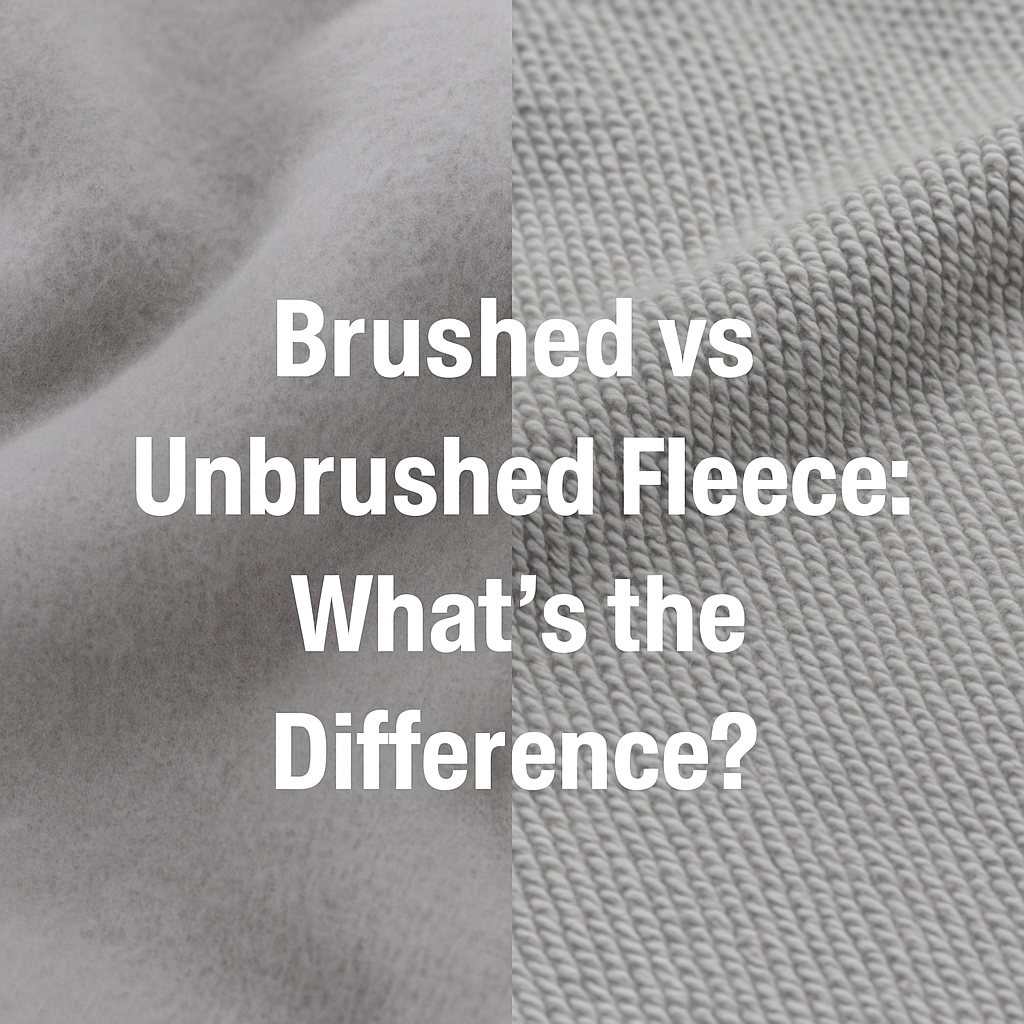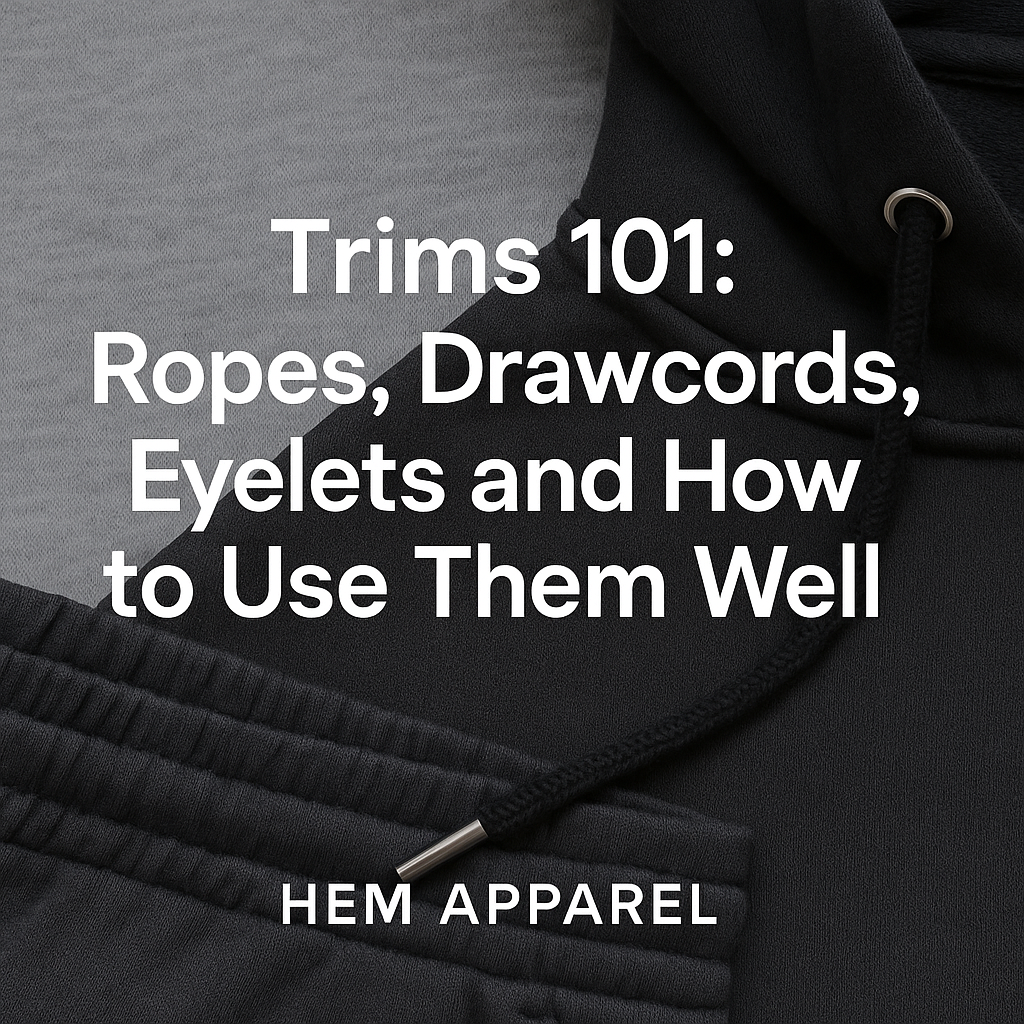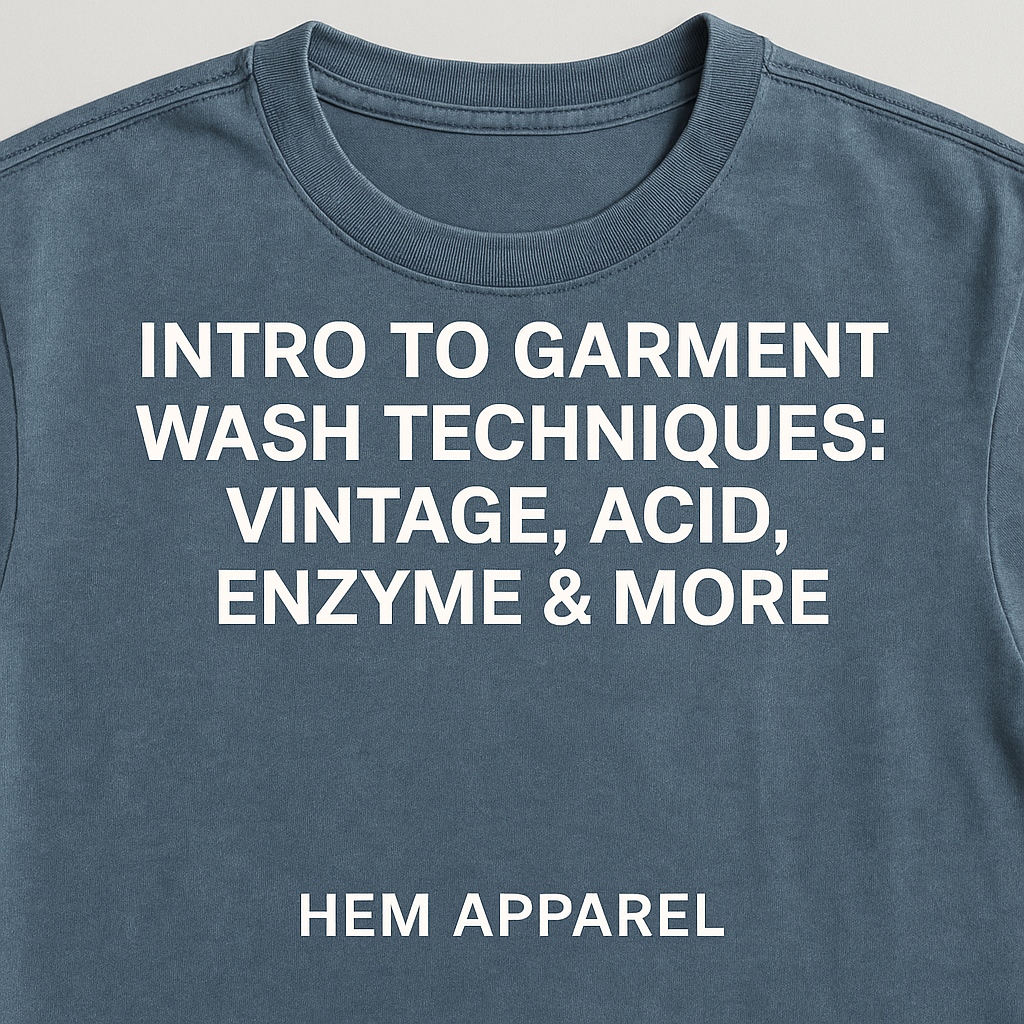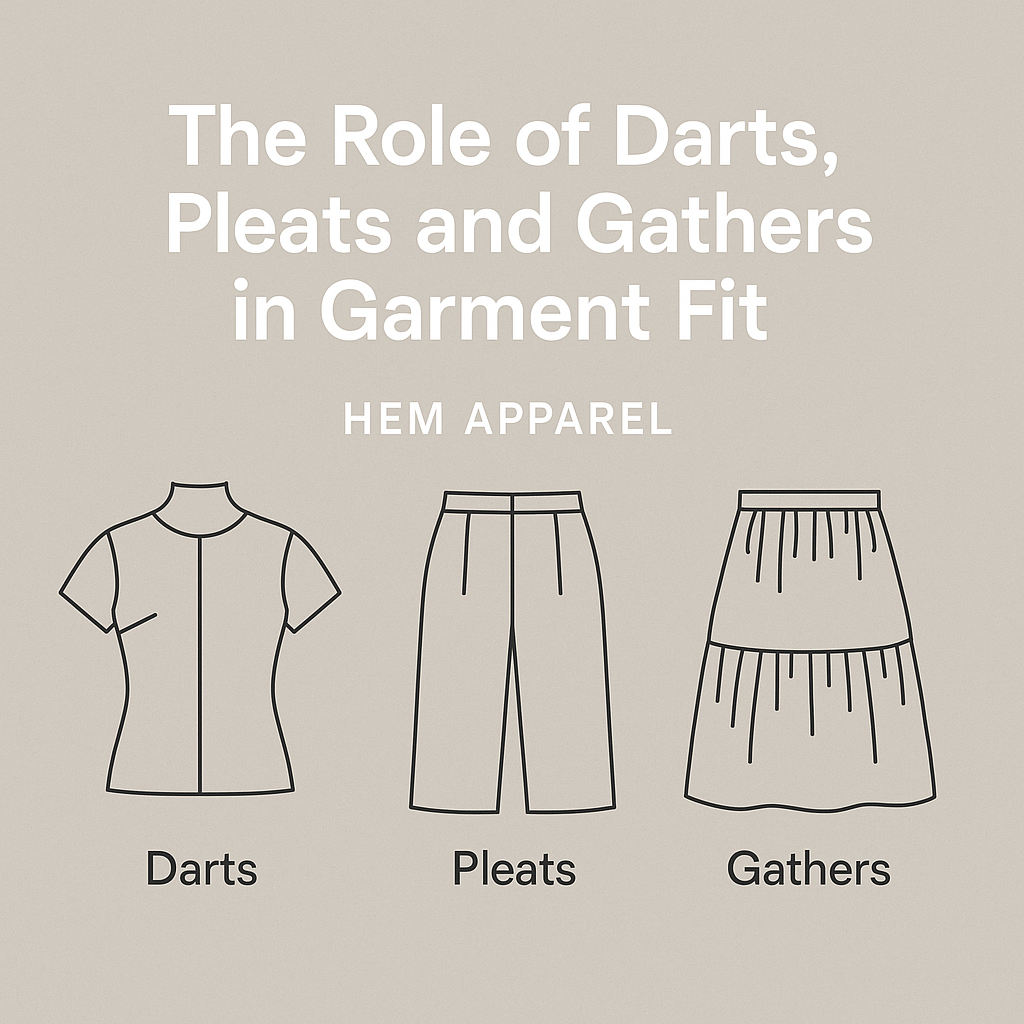If you’re making hoodies, sweaters, or sweatpants — you’ve probably come across the terms brushed fleece and unbrushed fleece.
They sound similar, but they feel — and function — quite differently.
At HEM APPAREL, we help brands choose the right fleece type depending on climate, style, and handfeel goals.
🧵 What is Fleece?
Fleece is a knit fabric with loops on the inside, often made from cotton, polyester, or blends.
After knitting, it goes through a finishing process that either keeps the loops intact (unbrushed) or raises them (brushed) for a soft, fuzzy feel.
🔁 Brushed vs Unbrushed: Key Differences
| Feature | Brushed Fleece | Unbrushed Fleece |
|---|---|---|
| Inner Surface | Fluffy, soft, warm | Loopback texture |
| Warmth | Higher insulation | More breathable |
| Texture | Smooth outer, fuzzy inside | More raw/streetwear aesthetic |
| Weight feel | Feels heavier | Slightly lighter feel |
| Common usage | Cold-weather hoodies, loungewear | Streetwear, transitional wear |
🧥 When to Use Each
Choose Brushed Fleece if:
-
You want a cozy, winter-ready hoodie
-
Your brand targets comfort or loungewear aesthetics
-
You want a product that feels thick and premium
Choose Unbrushed Fleece if:
-
You want a more structured, breathable silhouette
-
Your brand leans streetwear or activewear
-
You're designing for warmer climates
📦 Popular Compositions
-
Cotton-poly blends (e.g., 65/35) — durable and affordable
-
100% cotton fleece — more premium, softer over time
-
CVC fleece (e.g., 80/20) — best of both worlds
-
Poly fleece — light and affordable, often used in sportwear
🧠 HEM APPAREL’s Tip:
-
Want a “vintage-style” hoodie? → Go unbrushed with pigment dye
-
Want ultra-soft feel? → Choose brushed fleece, enzyme-washed
-
For brands selling in both hot and cold markets, consider offering both
We can help you sample both options so you know what feels best before scaling.





